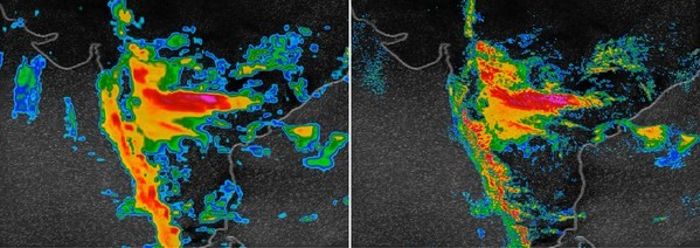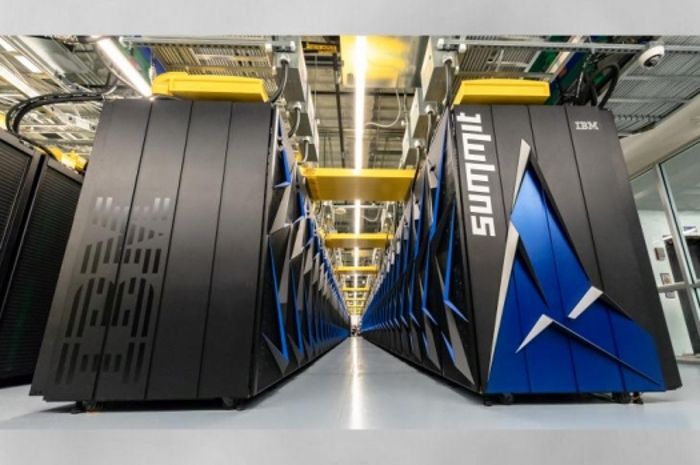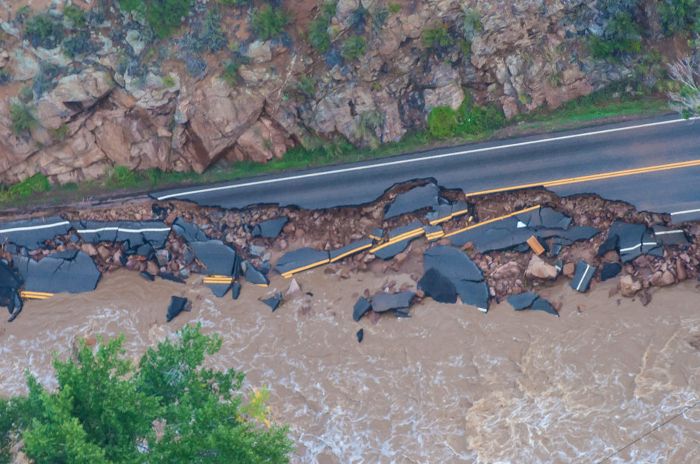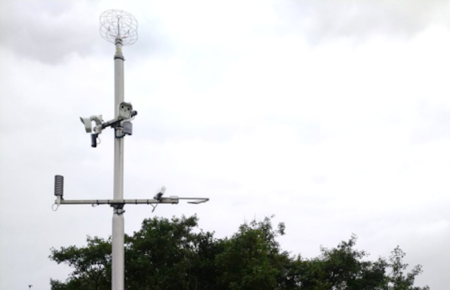At the Consumer Electronics Show (CES) in Las Vegas, IBM launched a new supercomputer-powered global weather forecasting system that can crowdsource data from millions of previously untapped sources and will provide accurate, rapidly updated local forecasts worldwide.
The effects of climate change are of particular concern to global governments, with departments of transportation (DOTs), highways agencies and other road operators requiring the most detailed forecasting available to ensure safe operation of their assets and infrastructure. IBM and its subsidiary The Weather Company have now unveiled a powerful new global weather forecasting system that will provide the most accurate local weather forecasts ever seen worldwide.

The new IBM Global High-Resolution Atmospheric Forecasting System (GRAF) will be the first hourly-updating commercial weather system that is able to predict something as small as thunderstorms globally. Compared to existing models, it will provide a nearly 200% improvement in forecasting resolution for much of the globe, with precision raised from 4.6 square miles to 1.1 square miles (12km² to 3km²).
Available later this year, GRAF uses advanced IBM POWER9-based supercomputers, crowdsourced data from millions of sensors worldwide, and inflight data to create more localized, more accurate views of weather globally. Currently, outside of the USA, Japan and a handful of other countries primarily in Western Europe, the rest of the world has to settle for less accurate forecasts for predictions that cover 7.4-9.3-mile (12-15km) swathes of land, which is too wide to capture many weather phenomena. And, traditionally, leading weather models update less frequently, only every 6-12 hours. In contrast, GRAF will provide 1.8-mile (3km) resolution that updates hourly, delivering reliable predictions for the day ahead.

The new system will be the first to draw on untapped data such as sensor readings from aircrafts, overcoming the lack of specialized weather equipment in many parts of the world. It will also give people the opportunity to contribute to helping improve weather forecasts globally, as it will be able to make use of pressure sensor readings sent from barometers found within smartphones if people opt in to sharing that information.
The Weather Company will assure it conforms to the relevant operating system terms of use. Additionally, hundreds of thousands of weather stations, many run by amateur weather enthusiasts, can also contribute data to the model.

While the resulting volume of data would be too much for most supercomputers, this powerful new model analyzes data using IBM Power9 microprocessor technology, which is behind the US Department of Energy’s Summit and Sierra, the world’s most powerful supercomputers. This advancement in global weather forecasting is made possible by The Weather Company’s open-source collaboration with the USA’s National Center for Atmospheric Research (NCAR). GRAF incorporates the latest-generation global weather Model for Prediction Across Scales (MPAS), which was developed by NCAR with the Los Alamos National Laboratory.
“Today, weather forecasts around the world are not created equal, so we are changing that,” said Cameron Clayton, general manager of Watson media and weather for IBM. “Weather influences what people do day-to-day and is arguably the most important external swing factor in business performance. As extreme weather becomes more common, our new system will ensure every person and organization around the world has access to more accurate, more finely-tuned forecasts.”





